If you found the most perfect wave in the world, would you be able to keep it a secret?
This is the story of Safi, a mythical wave on Morocco’s Atlantic Coast that was discovered by a small group of friends in the early 1980s. They swore each other to secrecy and surfed the wave alone for decades. But a secret this good is hard to keep.
Alternately called Le Jardin (The Garden) or Ras Lafaa (The Head of the Snake), Safi is known today as one of the best surf spots in the world and has become famous for delivering endless barrels and bone-crushing wipeouts. But as the crowds grow and tensions rise, the wave’s future hangs in the balance.
Join us as we turn back the clock and trace the roots of this incredible surf discovery, while reliving some of the best waves and biggest barrels ever documented below Safi’s towering cliffs. Along the way we explore the origins of Morocco’s unique surf culture and discover why Safi is one of the most challenging point breaks on the planet – and what it takes to ride it.
Featuring: Ramzi Boukhiam, Matt Bromley, Eli Beukes, Ross Clarke-Jones, Laurent Mirramon, Mehdi Serghini, Henri Elgrichi and others.
A film by Now Now Media presented by Monster Energy
In Association with Oxbow, Jack Black’s, Surfer Magazine and The Safi Surf Invitational
Produced by Alan van Gysen and Amine Nader
Executive Producers Ryan Franklin and Kazmira Krawchuk
Written and Directed by Will Bendix
Running time: 40 minutes
In the 70s, 80s, there was a few friends that used to live in Casablanca, and they know the spot, but they didn’t talk about it, it was a secret for them. They used to come, and rent a house on the top of the cliff and they used to say the spot was their garden. Le Jardin. For me it’s a gift from God. On the northwestern edge of Africa lies a wave forged from the largest desert on earth. For decades, its relentless perfection remained a secret. But that’s the thing about secrets… They’re hard to keep. I’m very proud to be born in Safi. My grandfather and old, old
grandfather were born here. Their deep roots are in this land and… a lot of civilizations pass through this city. The Romans, Phoenecians, different Arab tribes. It was one of the biggest harbour in Morocco. So we have in Safi this culture of the sea. And every family, you have a guy who is a fisherman, or a sailor, or something like that. But, before, nobody knows what is surfing. It was both war and peace that brought surfing to Morocco. During World War II, the United States established a naval base in Kenitra on Morocco’s Atlantic coast. Inevitably, US servicemen started exploring
the coastline for waves. Then, in the 60s and 70s, Morocco became a popular alternative to the hippie trail through Afghanistan. With an abundance of quality point
breaks and plentiful hashish, the word soon spread. Morocco, was holding the goods. At this time it was maybe… 40, 50 surfer in all Morocco. And… Australians come every winter. So, we learned a lot from them. And… at this time, Anchor Point was the place to be. Nestled inside the fishing village of Taghazout, Anchor Point, and its many surrounding waves, break consistently during the Northern Hemisphere winter, and became a mecca for travelling surfers, along with a small but devoted crew of Moroccan locals. I arrived at Anchor Point in 1980. I was only 13 years old, and… it was like an hallucination. It was like, hundreds of vans, music, long hair, girls topless, and everything that goes with it. At that time for us, Anchor Point was the most beautiful wave in the world. With its growing international
fame and talented local surfers, Taghazout and surrounds soon became the
focal point of Moroccan surfing, a reputation it maintains to this day. Hang on, we’re getting ahead of ourselves. Let’s back up. While Anchor Point became the
pride of Moroccan surfing, Safi remained hidden in plain sight. An industrial harbour town, Safi sits halfway between Casablanca and Agadir, and was known for its sardines, not waves. Then, in the early 1980s, a surfer from Casablanca got
a job working in the port. When he arrived at work one morning, he looked across the bay and could hardly believe what he saw. He told his friends about the wave, but they found it hard to believe. So, he surfed it on his own for the next two years. When my friend, Luc Soutif, he was working here in the port and he see the wave and he called me. So I come many time but… no swell, and one day we… we were coming back from… Anchor Point. We made a stop here and it was… really fantastic and I… said, no! How could it be, a wave like this? In Morocco we were, uh… dreaming about barrel, and we don’t know that we have one of the best barrels in… in the world. And after you see that, poof! At this time, we say, okay, shhh… As it turns out, Laurent Mirramon had in fact surfed Safi, shortly before this. In 1985, I was on my way back from Anchor Point… I decided to check the Cape of Safi. It was like, 10 foot, 10 foot plus, and I jumped in the water and uh… That day, changed my, my conception of surfing. So I returned with Henri and a few friends… Dominic, Tariq… and that was the beginning of the group, The first group of Safi. The four friends swore each other to secrecy and, inadvertently, came up with a codeword to protect this incredible discovery. They used to come and rent a house on the top of the cliff, and they call it the garden, Le Jardin. We called the wave ‘The Garden’, because we used to go in the garden to check the… the spot. We had a little house just on the, on the cliff and my girlfriend come… She said, okay, the house is not so good, but look at the garden… And, and we don’t want that people uh, know where the place, so…we say we go to the garden. And we surf Safi alone. 15 years. And for us, it was a… a real paradise. We were lucky. We had this chance to surf this wave, alone. But, it’s not easy, to keep a secret like this. You want to share it with your friends. The problem is, you share it with a friend. A friend has another friend… a friend has another friend. And you will grow quick. We knew that, one day it was gonna be known by everyone. And that’s part of the life… We have to share it one day. But we did have…we did a good job anyway. Inevitably, word slowly seeped out about the never-ending barrel on the edge of the Sahara Desert. But it was only when a certain Aussie wildman made the pilgrimage to Morocco that the wave’s full potential was revealed. Yay! The first time I went to Safi was 1994 and we stayed in a little tent… on the, on the car park. And it was pitch black, we couldn’t see anything. Woke up, to the most perfect right-hand point I’ve ever seen, better than Jeffrey’s Bay, better than Kirra, and uh… there was no one out. I remember paddling so far out round the point, I just couldn’t get out there far enough. I just went, no, I got to get out… to the back! and there was this section that Laurent said no one’s ever surfed. So we used to take off at the corner. I was pushing the limit, I was trying to go further, but we still had, like 200 metres… to reach the, the rock. No one took off from the rock. This part of the wave is, is scary because the size of the wave, the speed, and the cliff. I had so many session by myself and finally, I had a reflection. I knew that the wave couldn’t stay secret because the wave is in the city. And at the same time, I felt the need of a master. You know, sometimes you need some keys. And I met people from the Quiksilver family, also Eric Chauché, a great French photographer. I showed them some photo and I said, “Hey, we need someone, we need a master.” And at that time, Ross was in Biarritz. And who’s better than Ross? I kept trying to paddle up the point and in the end I was like, ah fuck it! Just had to take a wave. I was the first guy to ride all the way into the mid-section, into the bay, and uh, got three or four tubes… So I claim that as RCJ’s Point,… Whatever. But, it was like Disneyland. Jerome was with us, with Ross. He was too young to, to go in the water, but he was so motivated. He was just this little grommet. And I think… No, I don’t think, I am sure this trip with Ross, it was the beginning of the story of Jerome, Jerome charging big waves. When Ross Clarke-Jones arrived here, he said to Laurent, “No one surf from there?” And he said, “No.” He said, “Bro,” “that’s the takeoff!” And he goes straight to the rock. First wave, probably do like more than 20-second barrel. He was crazy. He was crazy. When he saw the wave, he was like yelling, “Hey!”. He was so, so happy… And, and we followed him. We began charging from the rock. After Ross, I had many masters who came to Safi. I had Tom Carroll… Jeff Hakman… Gary Elkerton… And I did a transmission, with some of my friends, my Moroccan friends, and the young guys. Laurent do big things for surfing like here in Morocco. He opened a big door. I grew up going to Safi when I was young, I was really scared and one of the first guys who surfed it was Laurent Miramon and he was taking me a lot there, you know, so I was seeing him with his
beautiful style, taking off super deep. I think he was one of the first ones to go deep, deep, deep. So he was doing really, really crazy barrels. I remember being young and watching his clips. I was like, wow, this thing is crazy! And now growing up, going there and feeling that energy… It’s crazy. Ramsey used to come every holidays to my surf school. It took me three days to say, okay… This kid can be one of the best surfer in the world. He’s the very first Moroccan, the very first Arab… He’s a model, he’s a hope. The Moroccans, the young guys, they can say, “Okay, we can do it also.” “So let’s go for it.” Hang on! We’re skipping ahead again. Let’s go back to the 1990s… As word of the mythical wave began to spread far and wide, Safi also developed a reputation for violent localism. There has never been… hard localism in Safi. It was a, it was a myth. We used to tell stories, but… it was false. When people come from outside, in Safi, we were a little… Tough. It was just intimidation, but never fight. And uh, slowly, slowly, slowly… this became stronger and stronger… And… we wanted to, to stay alone… but not at this price. Once we opened the door, everybody came. So the problem now is when you have people coming on the, on the spot. And…they don’t act correctly. Or they don’t have the level. Because it’s very powerful. You can say dangerous sometimes. This wave gets pretty heavy. Slabby, heavy… Powerful, gnarly, perfect. It is a mix between rocks and sand. It breaks very close to the rocks. If you look on the land, then you can imagine what’s under there. And it’s these big… slabs of rock. It’s not a friendly wave. It looks like big slabs of concrete, but with jagged, sharp… weird formation. People have been seriously injured out there… You can get hurt really fast. It’s uh… violent. Safi, It’s gnarly. It’s not a joke. When you fall it’s like hitting concrete. Especially this part facing the cliff. Don’t fall in this place. It’s the most powerful wave of Morocco. The source of Safi’s bone-crushing power lies in the 30 kilometer-long cape that stretches northwards to Cap Beddouza. Made up of steep sea cliffs, the cape extends far into the Atlantic Ocean, forcing deep winter swells to wrap sharply into the bay. This cliff cuts the ocean in two, and when the swell arrive, it turns, the wave turns. It’s like, so much energy from the ocean. You can see how it’s just reeling as far as the eye can see. As these swells bend and refract, they move abruptly from deep to shallow water, focusing all their power and energy onto the point at Safi, also known as Ras Lafa… the Head of the Snake. At the same time, the year-long ebb and flow of sand from the Sahara Desert, fills in along the point, creating a mile-long sandbank punctuated by patches of jagged rock. When all the elements align, the end result is the longest, heaviest right-hand point break in the world. The way it, like, comes in and draws off the sandbar. It’s almost like every drop is a free-fall and then you set your line and it just literally, it’s like a plane runway. It just goes. It’s very critical. It feels like you’re surfing a slab. It gets tight sometimes and then it gets hollow again. So you gotta, you know, sometimes you got to go high in the barrel, right into a crazy section again. So it’s super technical. It’s a super technical wave. It’s a lot of like, speed management. You have to, to learn how to like, really put yourself in the right spot and maybe stall enough to be deep in the barrel and then… get speed, stall again. It’s all really speed management. Looking out of it, it’s one of the most unique visions because you’re looking almost directly at rocks… but, at the same time, you have these like, giant cliffs and… then you have the, the harbour down the end of the point and yeah… it’s pretty cosmic. The whole setup is crazy. Safi, when it’s on, when it’s perfect Safi, it’s one of the best right-hander in the world. And that’s the problem now. When you have the good predictions, people come from all over the world, and there is no space for everybody. That was mental. It looks like a mental setup. Everyone’s here. Hopefully… get some waves. It’s a crazy wave. But now it’s a very complicated wave and… and people, especially foreigners, they have to know that. I really wasn’t expecting the crowd factor, like yesterday, it, it was a really good day, but it was also super tough. Like… Just watching these waves funnelling through, like absolutely incredible waves but… couldn’t get near one. Not only Safi, all the surf spot, all over the world. When it’s too crowded, it’s complicated. You have to fight to surf. That’s a paradox. When you go surfing, it’s for pleasure. If you don’t have pleasure when you go surfing, maybe do another sport, Maybe… full contact, or… but not surfing. Maybe because I’m local surfer and I love my city, but, Safi for me is unique. It’s not a touristy city. It’s more industrial. But, people are very friendly and very welcoming. It’s part of the culture and the
traditions of the locals of Safi, and it’s a privilege to have a world-class wave in the middle of the city. Safi give me the chance to be a surfer and surfing changed my life. It’s a gift from God. When we start surfing, we were happy to see vans with boards on the top. First thing we ask, “Hey, do we have wax?” Now, in Morocco,we have everything. You have surf shops everywhere, you have surf camps everywhere, you have surf schools everywhere. And there is a big opportunity for the locals of Safi to develop. Hosting, restaurants, surf school, surf clubs… and I prefer that the local invest first, because it’s going to happen anyway. Before, nobody knows what is surfing in Safi. But now it’s the pride of the city and of the locals of Safi. But, unfortunately, we can see a little bit of hooliganism in the surfing, which is bad for the mindset of all the surfers. This mentality of dropping in on people, not be nice with foreign people… This have to change. It have to change a lot. They give a bad image, to the city, to the wave, to the locals, to the culture and to the country. For sure first local… But the tourists want to come, and they’re going to spend money here too, and they want to enjoy and make friends, and… You want people come, but you don’t want people take waves. No, it’s impossible. I travel the world and it’s busy everywhere, you know, so how you going to fight that, you know? It’s like, now Morocco is kind of known
for its waves and its quality of waves and… it’s been pretty, pretty good for the country… But, there’s people that wait all year
long now to surf their waves as well, and just be aware of that. Of course, the foreign people, they have to respect the locals as locals. So, when people travel, you have to travel, yes, that’s okay. But bunch of people like, get in the water and want to go straight to the peak and get all the best bombs… Sorry, this is not also respectful to the locals. Every year more people come to Morocco. It means something you know. I think, uh, we are very, very kind people… Of course there’s a few localism… you know, like everywhere in the world, sometimes in the water it gets a little bit heated, but, in general, we are very welcoming people, you know. If you’re nice, they’re going to open their arms to you and show you the real culture, Moroccan culture, and… it’s an amazing country man. This is one of the reasons we keep coming back, because it’s just beautiful people and a beautiful place. I travel all over the world and I never find a wave like this or… you know, the same vibes that we have here. Once every few years there’s these amazing days, you know, that everything lines up together. That wave is the unicorn. Like, that’s why we surf and… uh, that’s why I will keep coming back here. It’s a… beautiful wave. You never forget that. It keeps in your mind and when you go back, you go back with this dream, in your head, and you… you pray God, to see it again. Look at this garden you have down there. That was the wave. He say, man, that’s enough. We have a room and we have this big garden for us! Can you imagine? There was nothing there. A couple of scorpions… I remember mint tea and scorpions. And perfect right-handers. It’s kinda like a Kelly Slater Wave Pool… but way more intense. Up the point is a shorter Skeleton Bay. It’s like… J-Bay on steroids? Safi there is just one. I think what happens to you the first
few times is you come here, is you get on these waves and there you see the wall like lining up and you’re like getting into the pocket and you’re sure you’re deep in the barrel and you’re not. We’re getting…I’m not going to
say old, we old on the paper, but we’re young in the head, so, we try to learn, we keep learning, until… it’s finished.

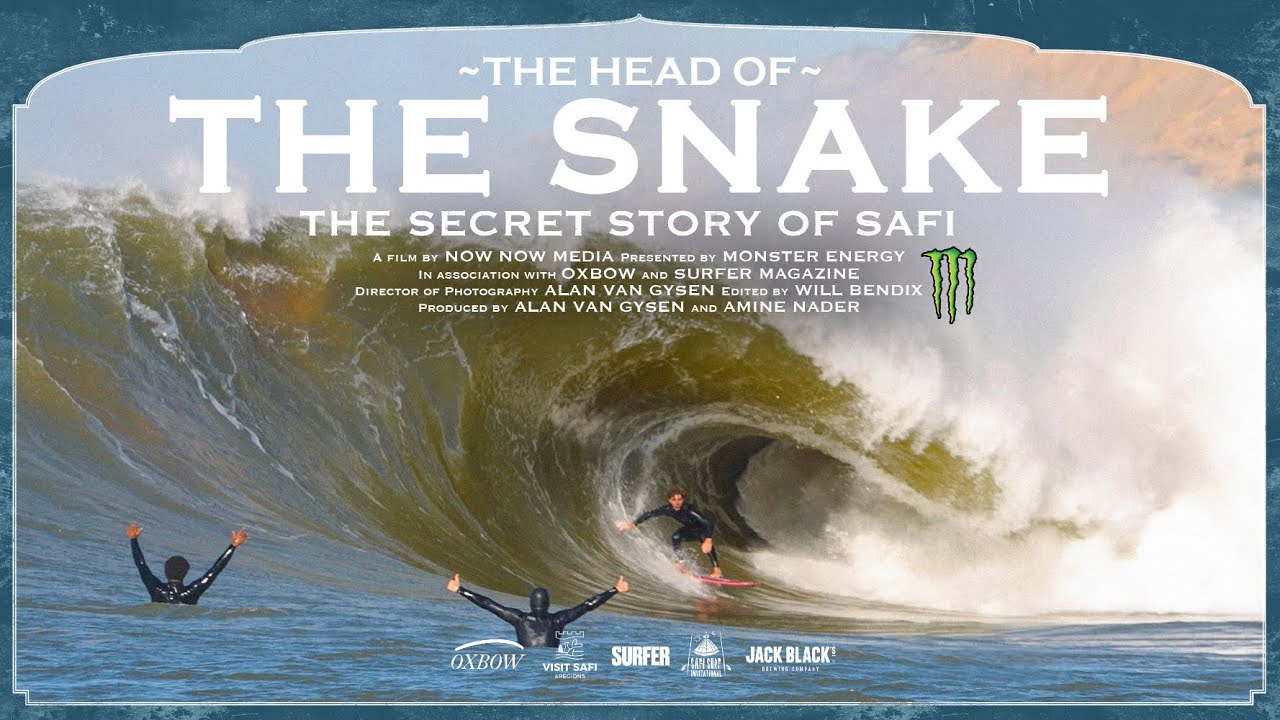
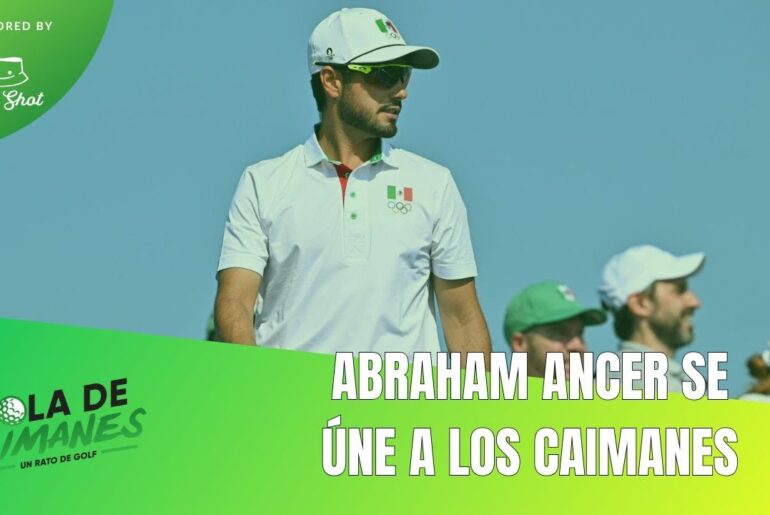
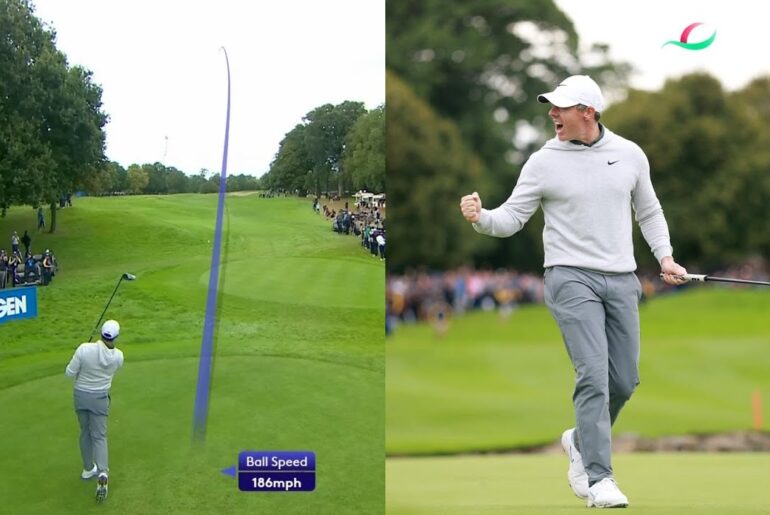
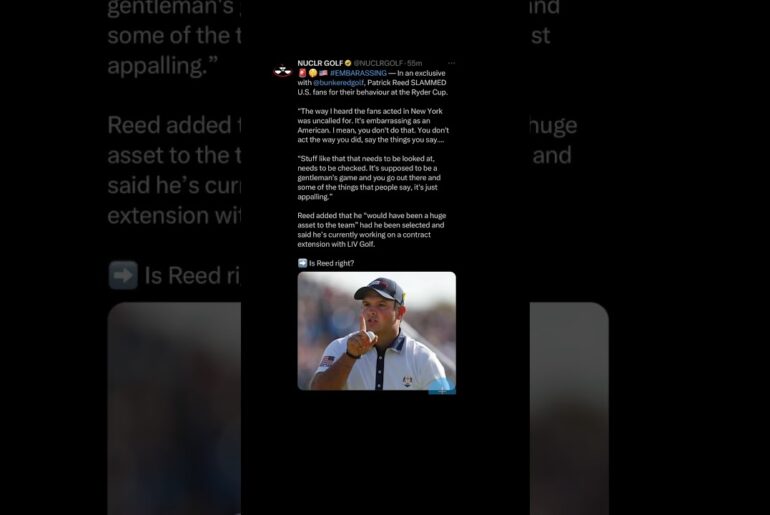


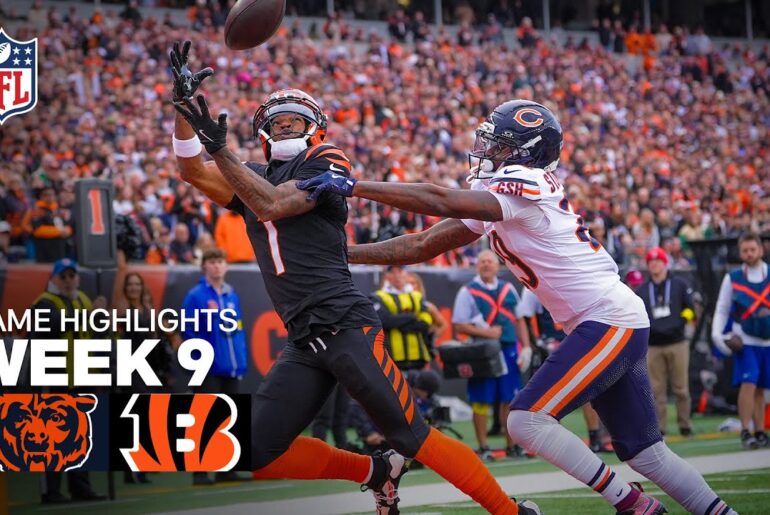
36 Comments
Please like, share and subscribe if you enjoyed this. Your support helps us to keep making films like this –and we appreciate you watching!
I was 25 years old, from New Zealand, . It was 1997, I was living in a van and surfing that area, it was a dreamland, great memories, would love to visit again. Loved the video
The story of the start of surfing in Morocco began with a soldier stationed at the military base on the beaches of Kenitra…
I grew up surfing Hossegor and Seignosse in the end of the 70s. We would buy surfboards off Australians and Americans to get the more recent shapes. At my local break we were 3 surfers. When La Nord would break, we were 5 or 6. I surfed 10ft waves on a 7'2. That was considered "a gun" at the time. Now you won't catch a wave without a 9 ft board. I dont even bother going there now, its just too crowded, the young guys just paddle circles around me and snake me. I have practically given up on surfing. I might sometimes drive an hour north to find a quiet place, but I miss those perfect days at La Nord and Fatima with just a few locals.
The music and surf on this video are 😮 anyone one where I can find the sound track?
Would love to know the Songs that were used in the documentary. Anyway someone can share the Soundtrack ?
I recall surfing was introduced in 1965 in Kenitra Mehdya beach by American servicemen from the nearby base who started teaching locals.
Wow any chance to find out the bands that helped to make this 1 of the best surgbɓifs of my 40+ yurs as your fellow waterman?
franchement, mieux vaut aucun commentaire que ce IA débile qui gâche cette superbe vidéo. je comprend pas il y a des commentaires aussi cons… n'importe quoi !!!
5:16 NAME OF SONG PLEASE?
It's funny to hear these words about localism, it's so similar to how people in my country talk about all the maroccans coming to live here. Ewa safi I would say 😂
Wow!!
When i was a teenager and surfing at a spot i had never been, i would sit on the end of the queue and wait… (I.e. giving the locals right of way)….
Eventually they will give you a nod, and give you a wave.
^ THAT is how it should be done.
HAHAHAHA i remember they get annoyed if you chicken out more than once though! HAhahahaah (Jakes Point in Kalbarri at 10 foot plus, is SCARY!)
Gracias a Dios y por ustedes que an echó posible este documental hermoso, Dios los bendiga siempre mi respeto también surfeo, saludos desde el atroz lado del planeta (o) del charco desde panamá en el continente Americano.
thats truly beautiful, thats cinema
So sick!
❤❤❤
🔥🖤🔥
Wonderous and Beautiful . Amazing people and culture ❤
Safi My City 07 🌊🦈💙❤️
Love this. Great cinematography and this music is fucking fire!
J’ai assisté à l’avant première à la cité des Arts à SAFI ❤
Great memories, lived on the beach at Anchor Point December 74 January 75
Gros batards qui gardent un trésors QUE POUR LEURS GUEULES ..
Son of B Who keep a fortune for themselves
Taghazout was a natural beauty once. They burried it with those tourist project. Cement everywhere now 🙁
One minute forty seconds in: holy shit !!!
Trouble is these days: TOO MANY PEOPLE FUQQIN THINGS UP FOR THE REAL ORIGINALS.
I don't disagree with you, it's just you can't show your work😎
Wow, this is some of the best surf footage I've ever seen, along with wonderful interviews, great editing, and spectacular music!
Unfortunately if Rampage continues someone will eventually die. In my opinion none of the athletes wear enough armor some don’t even wear gloves. I love the event but the gnar factor seems to multiply every year.
We moroccans need to stay as we are: welcoming. Tolerance and love, life is too short .. sharing brings more blessings. Peace ✌️ ☮️
fav spot ever
Didn't Billy Kemper get hurt here?
its started with a random dude working in a factory near the sea .. and here we are … one of the best serving spot and waves in the world….thank you guys for this video … proud to be moroccan …Asfi the city of sardines and surfing hh
and i just want to clarify something … asfi is not a desert city … its far away from the desert xD
شكرا جزيلا على هذا المحتوى الجميل ديما مغرب
loved your movie, thanks for sharing it. i did not know we had such waves in Safi. good for us 🙂